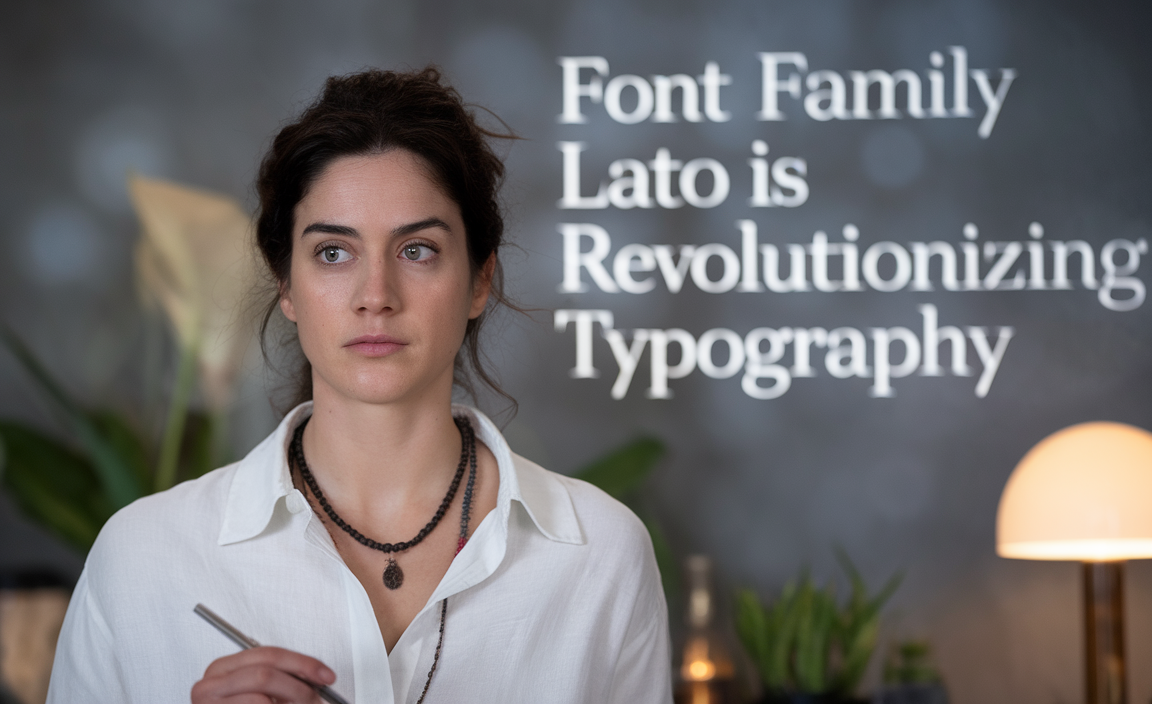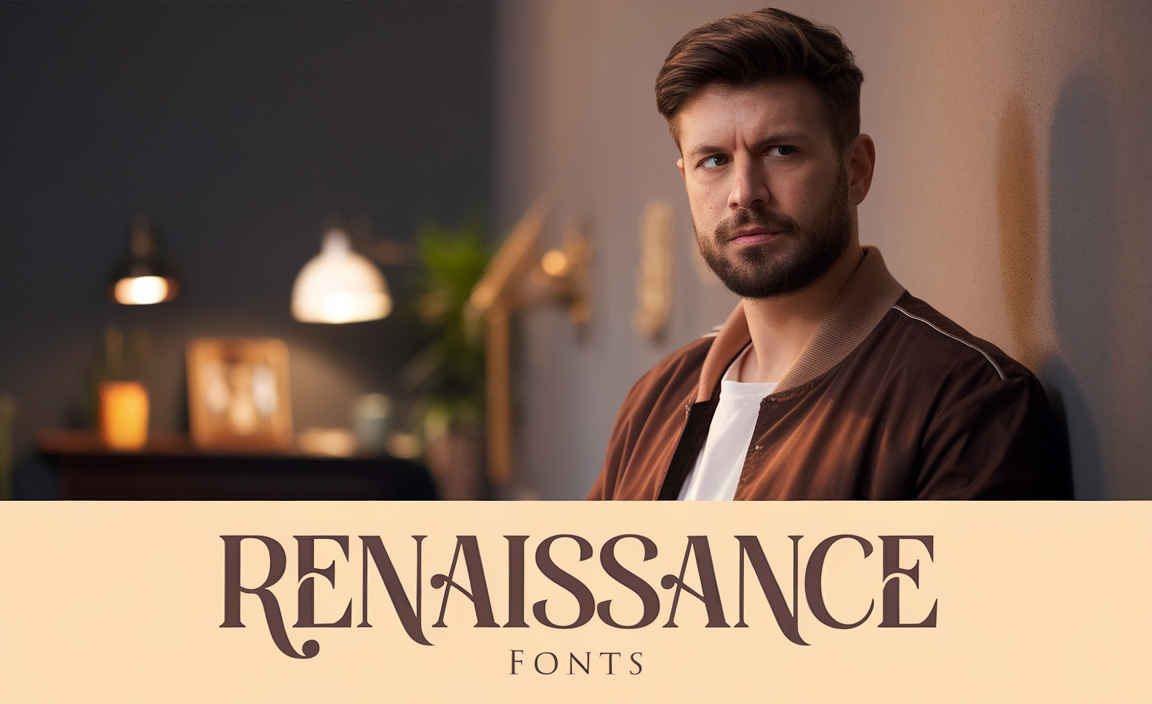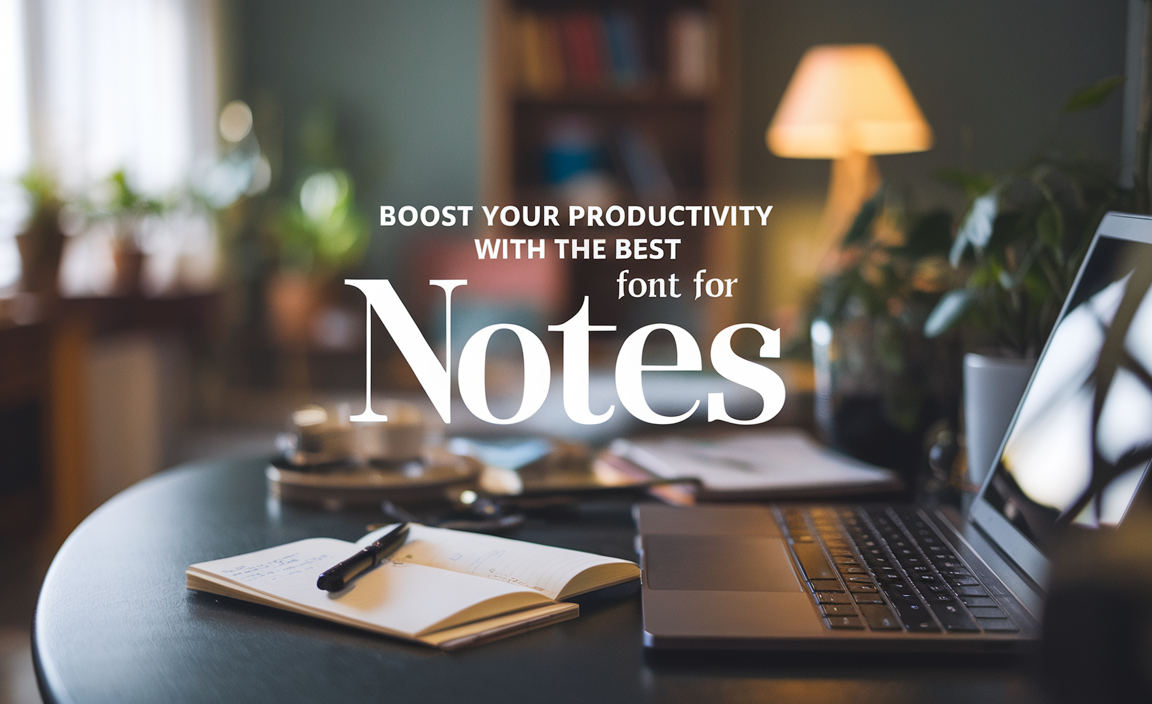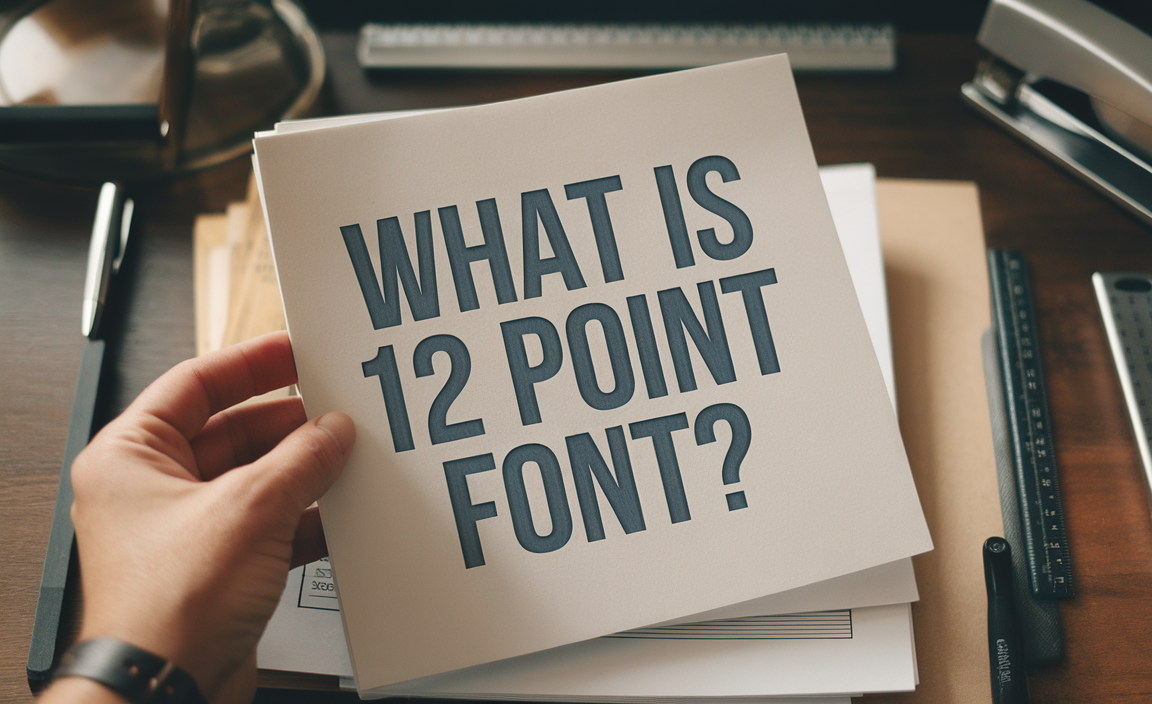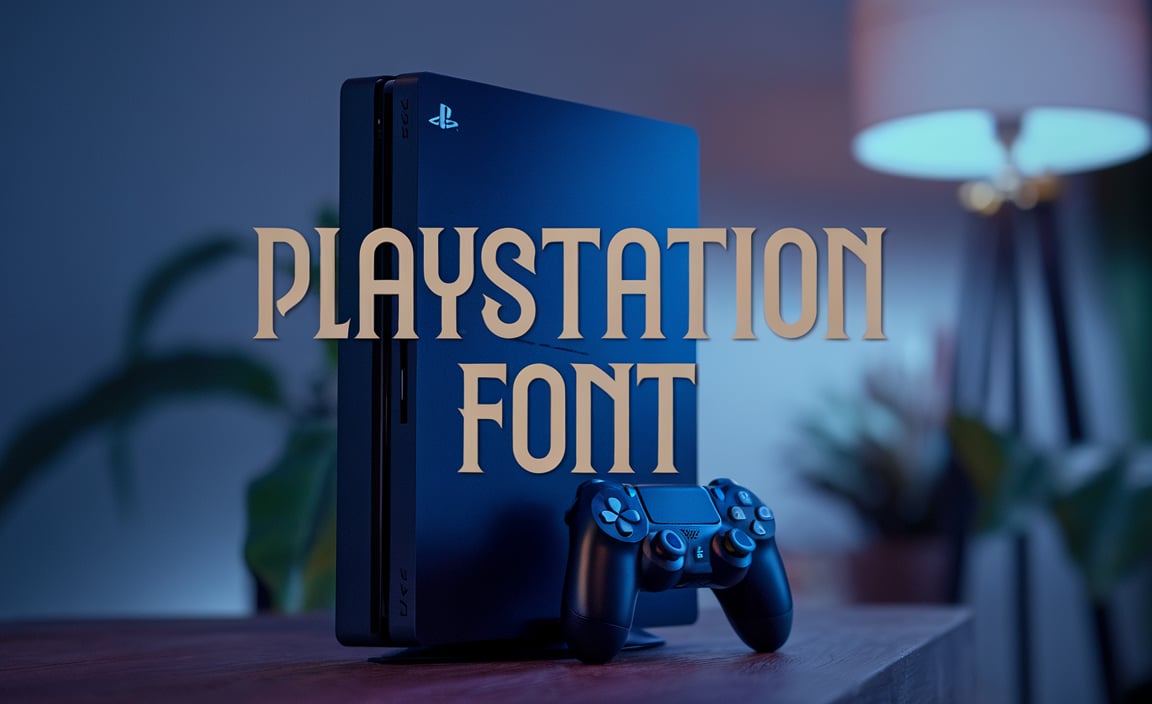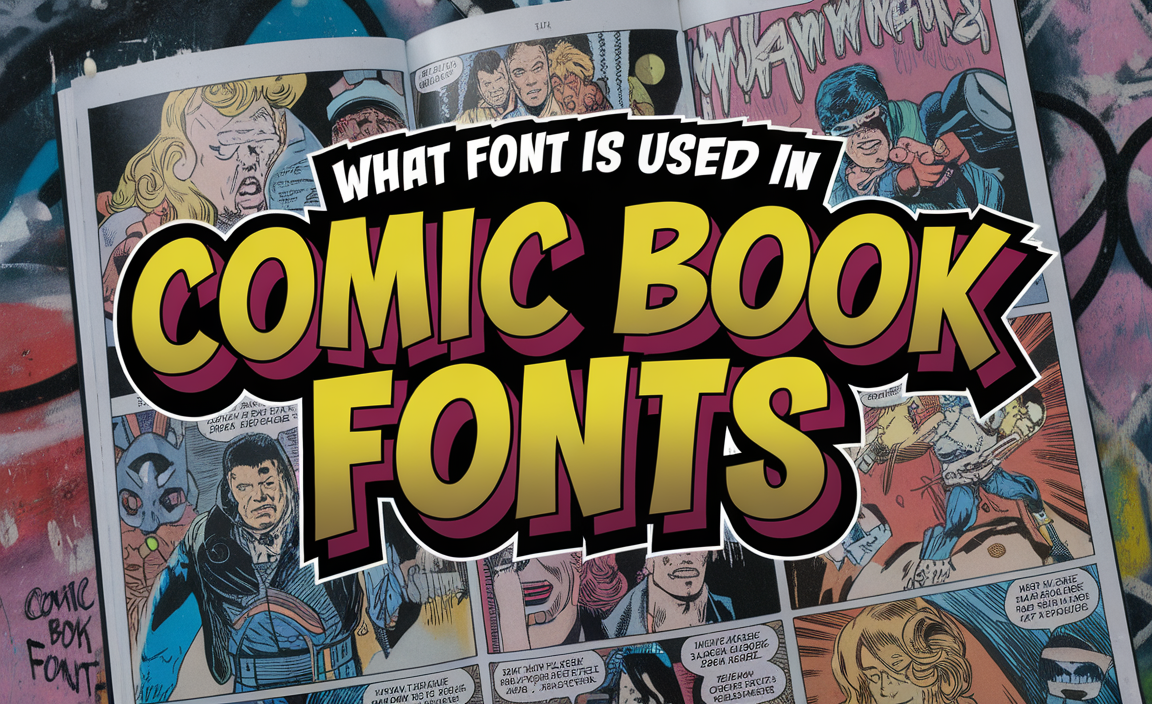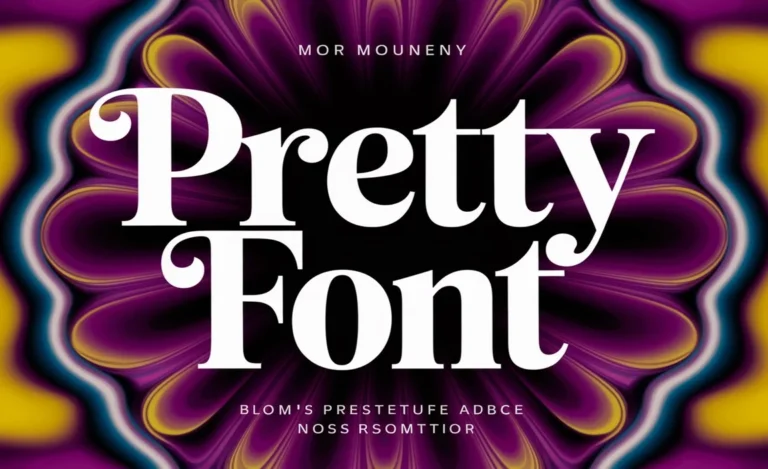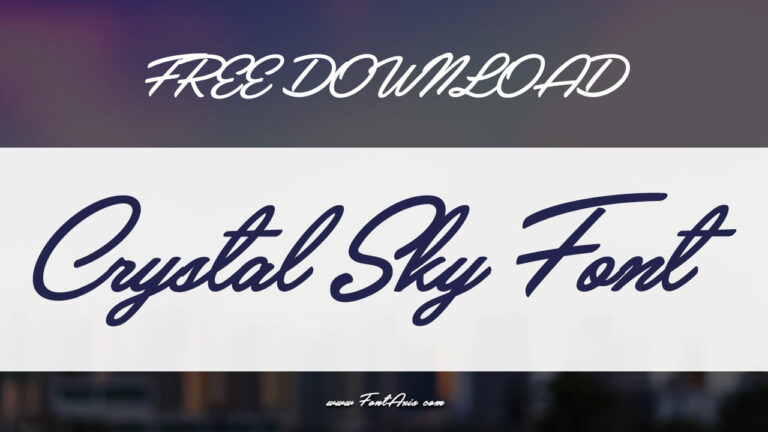The Times New Roman font is a widely recognized serif typeface designed by Stanley Morison, Victor Lardent, Victor Lardent Stanley Morison in 1931, under the direction of typographer Stanley Morison.
Initially created for the British newspaper The Times, it quickly gained popularity due to its readability and elegant proportions.
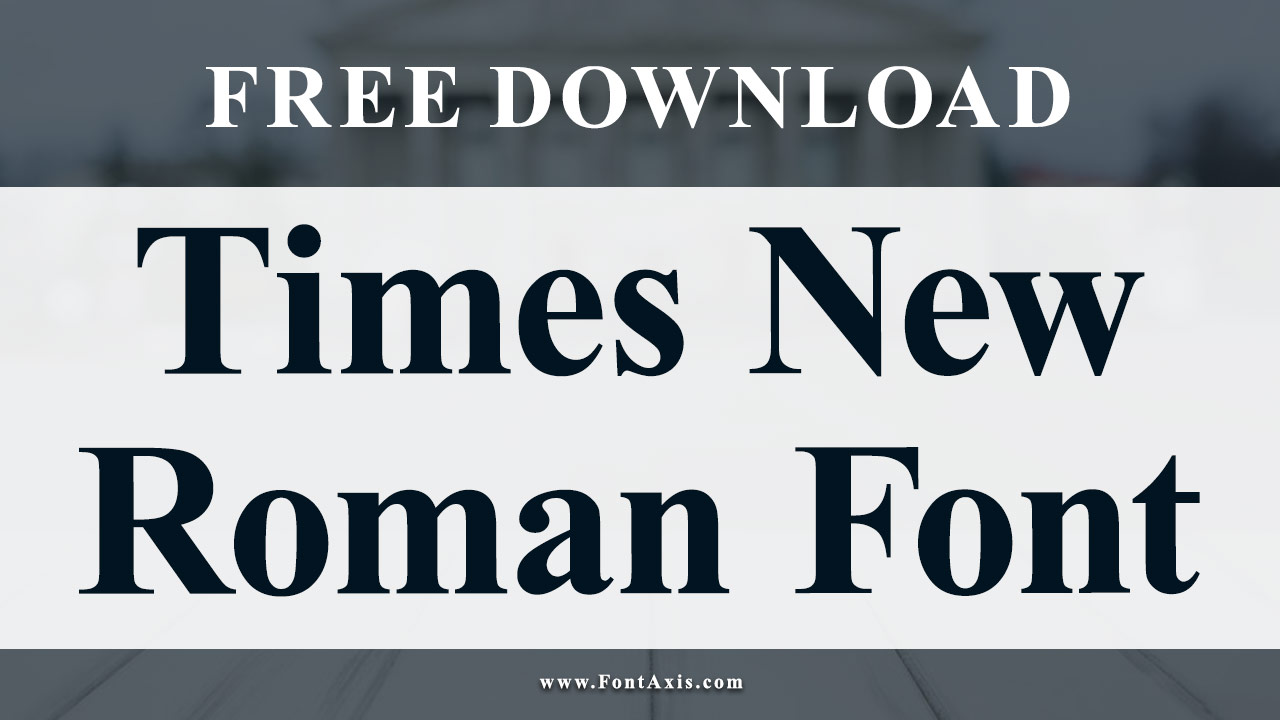
Font Information
| Attribute | Details |
|---|---|
| Name | Times New Roman Font |
| Style | Serif |
| Designer | Stanley Morison, Victor Lardent, Victor Lardent Stanley Morison |
| License | Personal & Commercial Use |
| Formats | OTF, TTF |
Times New Roman Font Family Includes
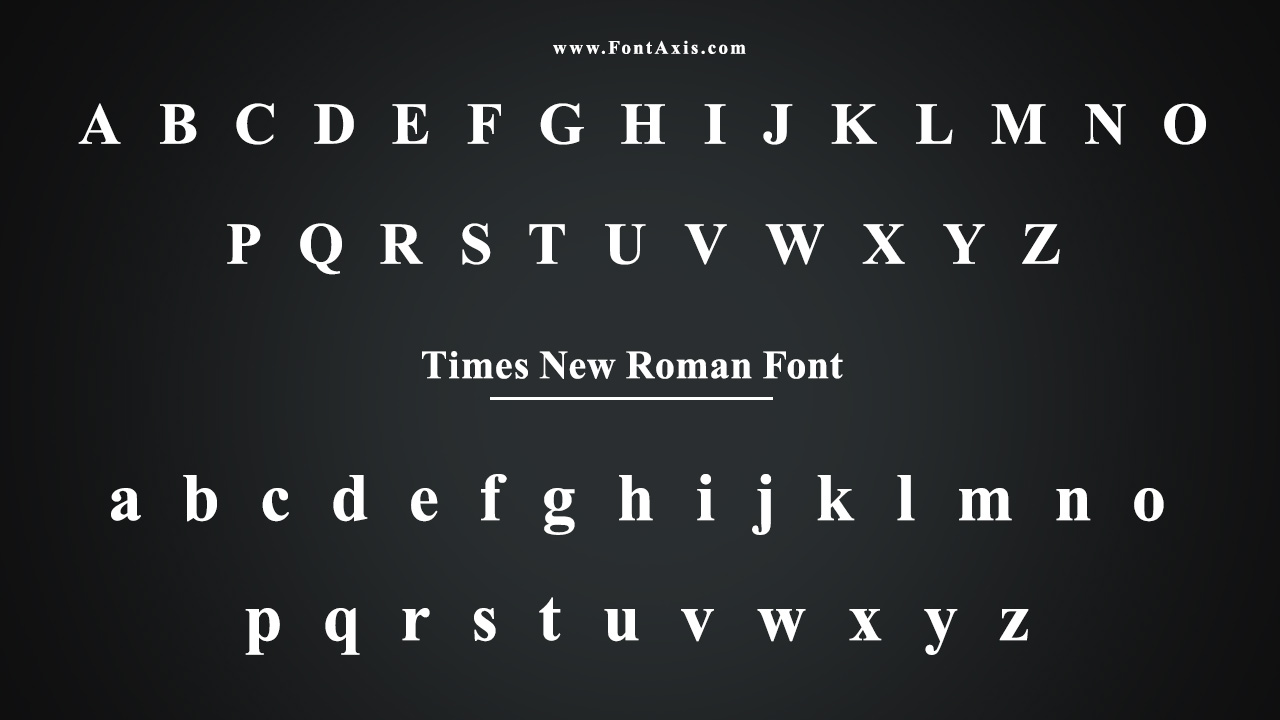
- Times New Roman Pro Condensed
- Times New Roman Pro Condensed Italic
- Times New Roman Pro Condensed Bold
- Times New Roman Pro Regular
- Times New Roman Pro Italic
- Times New Roman Pro Medium
- Times New Roman Pro Medium Italic
- Times New Roman Pro Semi Bold
- Times New Roman Pro Semi Bold Italic
- Times New Roman Pro Bold
- Times New Roman Pro Bold Italic
- Times New Roman Pro Extra Bold
How To Use The Times New Roman Font
The Times New Roman font is versatile and used in both print and digital applications. Ideal for professional documents, newspapers, books, and branding, it offers classic elegance and readability. It is the default font in Microsoft Word and remains a favorite for academic papers, business reports, and official documents.
Customizing Your Typography
For a sophisticated and timeless design, Times New Roman can be paired with sans-serif typefaces like Helvetica Neue, or used alone for formal, text-heavy projects. Adjust font weights such as bold or italic to create visual contrast without sacrificing readability.
Key Features:
- Classic Serif Typeface: A transitional serif font that balances old-style and modern design.
- Versatile Usage: Suitable for printed materials and digital platforms.
- Readable and Professional: Ideal for long-form text and professional presentations.
- Popular Font: Used worldwide for its reliable and readable design.
Similar Fonts And Pairing Options
Fonts like Georgia, Cambria, and Palatino serve as excellent alternatives or complementary pairings to Times New Roman. For a more modern aesthetic, consider pairing it with narrow fonts or clean, minimalist sans-serif fonts like Arial or Calibri. Here are the Similar Fonts:
- Centabel Book Font
- Roboto Slab Font
- Lora Font
- Roboto Font
- Bebas Neue Font
- Futura Font
- Lato Font
Conclusion
The Times New Roman font remains a timeless and versatile serif typeface widely used in both print and digital media. Its classic design, high readability, and professional aesthetic make it an ideal choice for formal documents, publications, and branding.
With a rich history tied to The Times newspaper and ongoing relevance in modern typography, it is a go-to font for designers seeking elegance and tradition in their work. Whether paired with modern sans-serif fonts or used alone, Times New Roman consistently delivers a refined and professional look.
Frequently Asked Questions
1.What Is Times New Roman?
Times New Roman is a serif typeface designed by Victor Lardent for The Times newspaper in 1931.
2.Can I Use Times New Roman For Commercial Projects?
Yes, depending on licensing agreements, it can be used for both personal and commercial projects.
3.What Styles Are Available In The Times New Roman Family?
The font family includes regular, italic, bold, medium, and condensed styles.
4.Is There A Free Version Of Times New Roman?
Yes, it is often available as a default font in many systems like Microsoft Word, and Google Fonts offers alternatives such as Times New Roman Hever Titling.
5.What Makes Times New Roman Unique?
Its balance between old-style and modern typefaces offers a timeless appeal and high readability.
6.What Are The Best Fonts To Pair With Times New Roman?
Fonts like Helvetica Neue, Arial, or sans-serif typefaces work well in combination with Times New Roman for a modern contrast.
7.Is Times New Roman Still Relevant Today?
-+6+Yes, despite its age, it remains one of the most ubiquitous and reliable typefaces used in professional settings.

